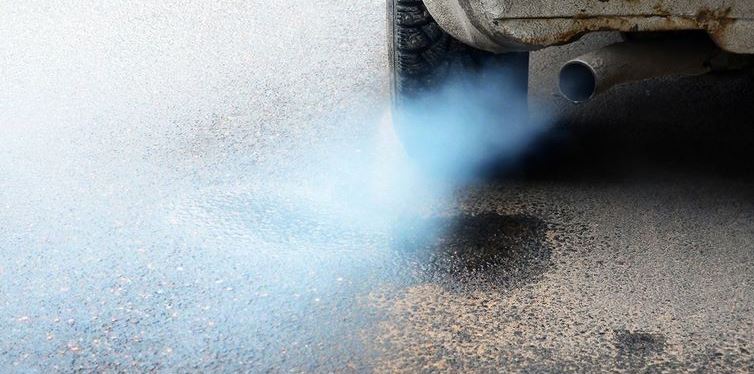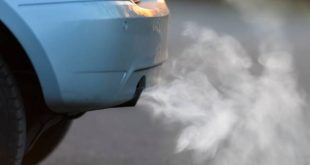Have you ever tried to start your car and it can’t start? If so, it’s most likely a battery failure but hey! don’t be in a haste to replace your battery just yet. In some cases your battery terminals may be affected by corrosion. Corrosion on the battery terminals is due to hydrogen gas being released from the acid in the battery. It mixes with other things in the atmosphere under the hood and produces corrosion which is seen as flaky whitish salty-like residue on the battery terminals. This can bring about loss of electrical power in the car which in many cases hinder the car from starting. Here is a simple way of taking care of this problem without involving a technician bringing your battery back to life.
Access Your Battery: You do not need to remove the battery to assess it or to clean it. To simply access the battery, pop open the car hood and locate the battery. Check the general condition of your car battery. If your battery case has cracks you should replace the entire battery. If the battery appears fine continue to the next steps.
Assess The Corrosion: Lift up to the side the plastic or rubber covering the top of the battery. This will reveal the terminal or clamp interface. Examine the battery cables and clamps for excess wear or corrosion. As explained above, corrosion appears as a white, ashy deposit around one or both battery posts. If the damage is extensive, you may want to completely replace the cables and clamps to avoid future problems. If however, the cables and clamps look good, just a little buildup, move to the next step.
Disconnect The Car Battery: Before starting you will need to disconnect the battery. To do this loosen the nuts on the clamps using a wrench. Once loosened remove the negative clamp, marked with a “-” first. It is very important the order. Only after the negative clamp is removed, remove the positive clamp, marked with a “+”.
Make Your Cleaning Agent: Combine 2–3 tablespoons of baking soda with a tablespoon of water. Stir to make a paste.
Apply The Paste: Apply the baking soda paste to the battery connections. You can rub it on with an old toothbrush, a damp rag, or even your gloved hand but be careful, although baking soda is generally safe, you should take care not to get it on other car components or on your self. Once the baking soda is applied, you will see it bubbles and foams, as it reacts with the corrosion.
Scrape Off Deposits: If your battery terminals have heavy deposits you may need to scrape them off. An old butter knife works well for this. After you have removed the major deposits use a wire brush or steel wool to remove any remaining deposits.
Rinse: When the foaming stops and there are no major deposits left to be scraped off. You need to rinse your connections. To do this, just use a little water. Be careful not to rinse the the baking soda paste into the battery vents, as the baking soda can neutralize the battery’s acid and shorten the battery’s life.
Dry: Wipe the terminals clean with a dry clean rag.
Prevent Future Corrosion: Add something hydrophobic, such as petroleum jelly (Vaseline) or grease to the now cleaned terminals. This will help slow future corrosion.
Replace The Clamps: Put on the positive clamp first, then the negative clamp. Use a wrench to tighten if needed. Once the clamps are on, replace the rubber or plastic shields covering the clamp or terminal junction. You are done!
 Spot Dem Everything About Cars
Spot Dem Everything About Cars





Great tip
Very interesting.